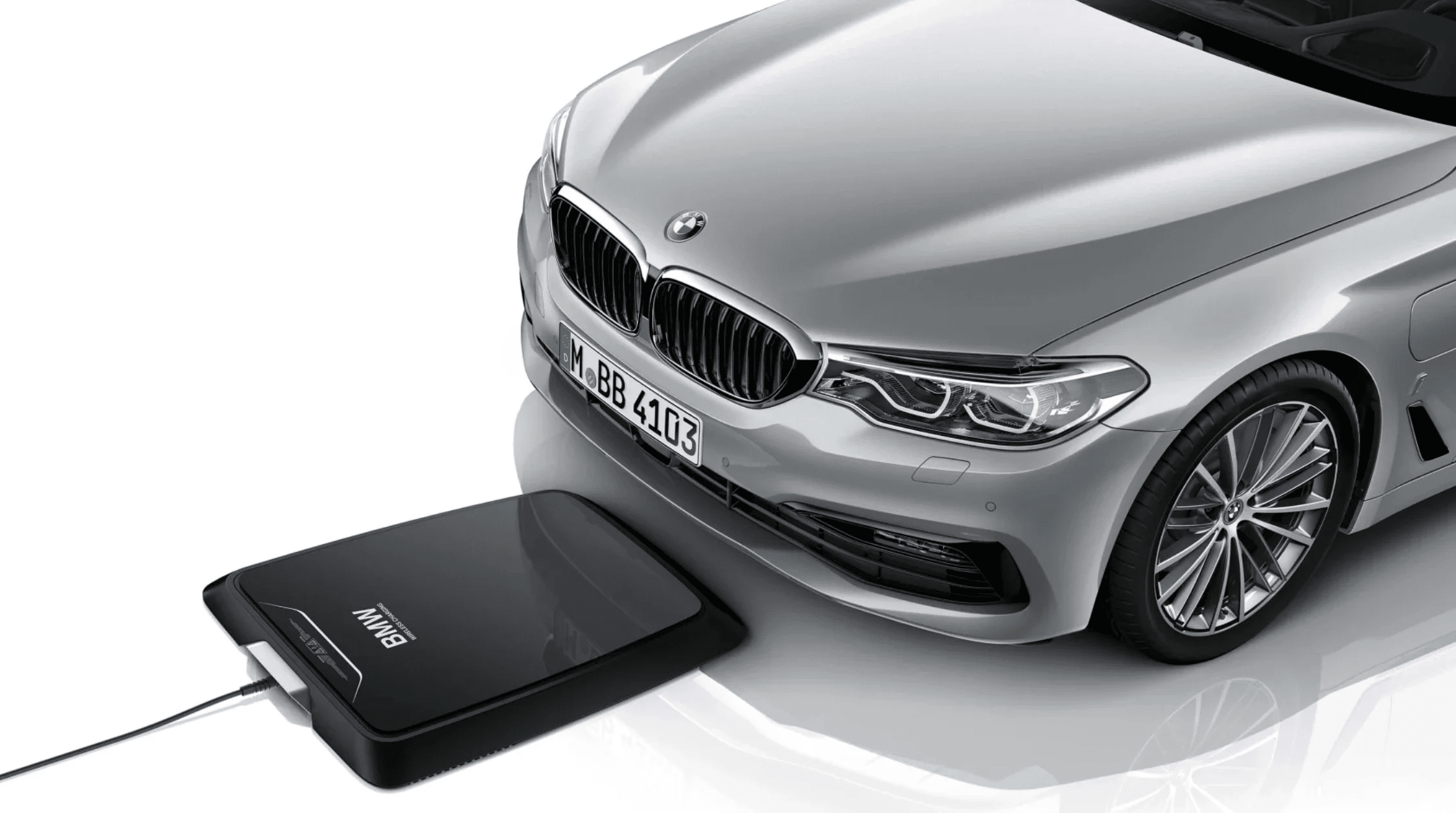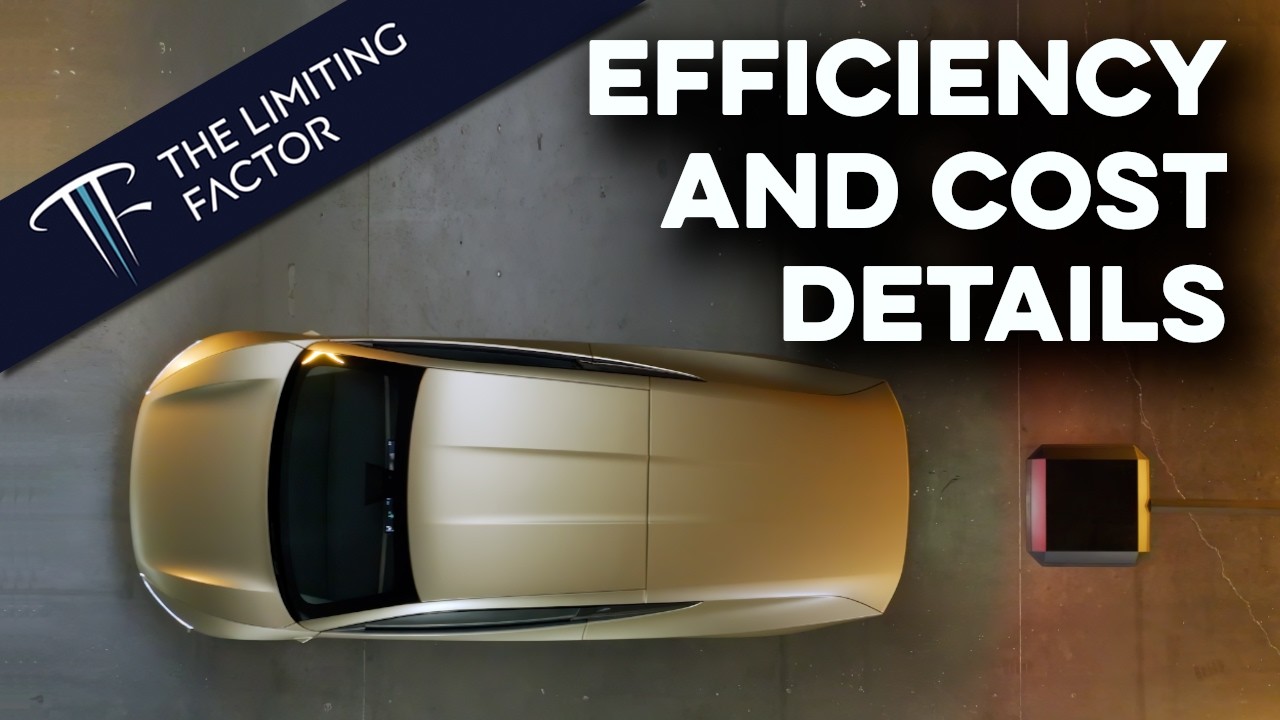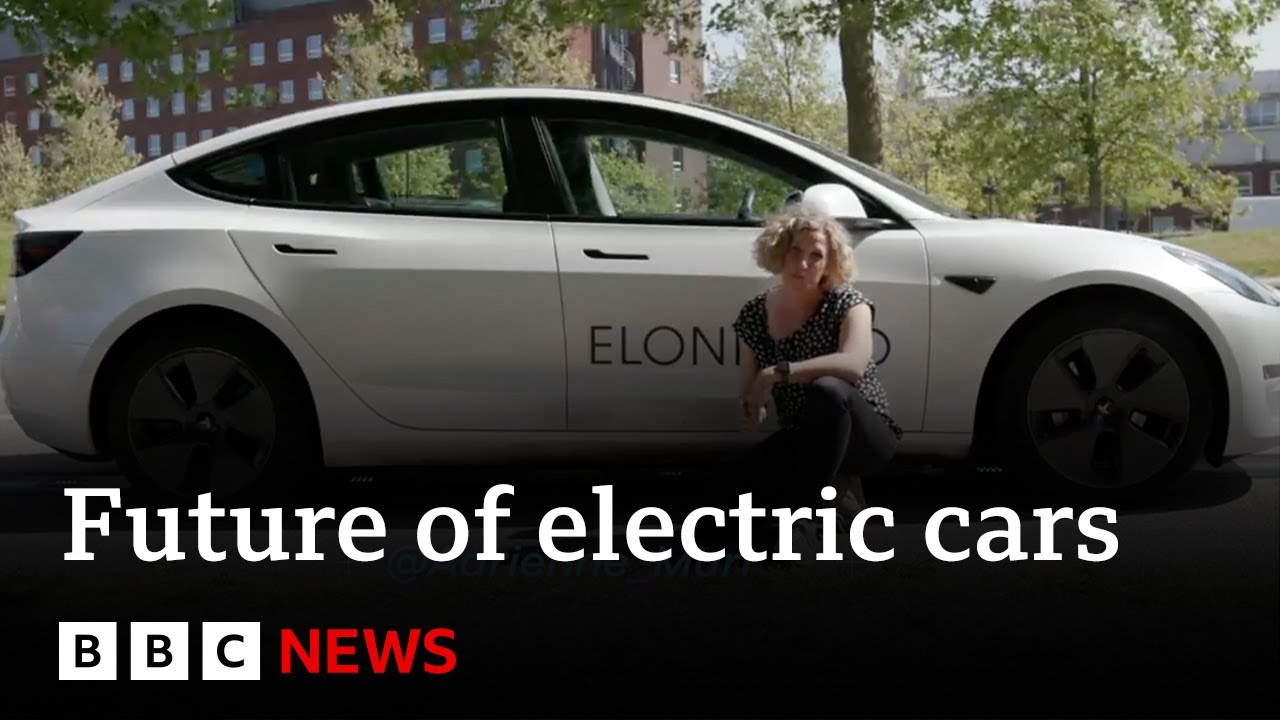Cut the Cords—Discover Hassle-Free Charging and Future-Proof Your EV Lifestyle!
1. Why Wireless EV Charging is the Future 🌟
Say goodbye to tangled cables and worn-out plugs! Wireless EV charging uses electromagnetic fields to transfer power seamlessly between a ground pad and your car. Benefits include:
- Ultimate Convenience: Park, charge, and go—no plugging required.
- Durability: No physical wear on charging ports.
- Safety: Reduced risk of electric shock in wet conditions.
- Aesthetic Appeal: Sleek, hidden installations for homes and streets.
Key Stat: Wireless systems achieve 90–94% efficiency, nearly matching wired Level 2 chargers (IDTechEx, 2023).
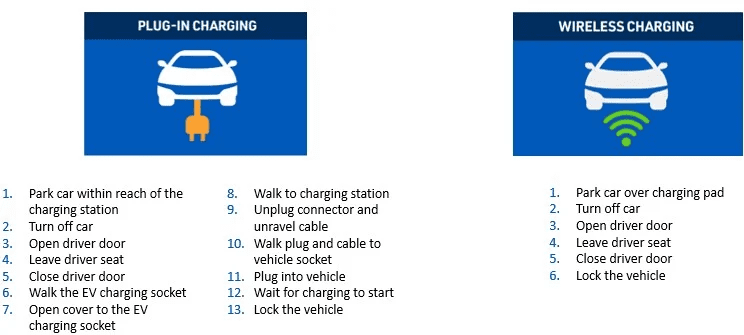
2. How Wireless EV Charging Works ⚡
The Science Behind It
- Magnetic Induction: A ground-based pad (transmitter) creates an alternating magnetic field.
- Receiver Coil: Installed under the EV, it converts the magnetic field back into electricity.
- Alignment Tech: Automatic guidance systems (e.g., cameras/sensors) position the car over the pad.
Key Players:
- WiTricity: Patented resonance tech for larger air gaps (up to 10 inches).
- Qualcomm Halo: Dynamic charging for moving vehicles (still experimental).
3. Current Market Leaders & Models 🏎️
| Brand | Model | Tech Specs | Availability |
|---|---|---|---|
| BMW | i4 eDrive35 | Factory-installed receiver coil | 2025 (EU/US) |
| Genesis | GV60 Wireless | 11 kW wireless pad (5-hour charge) | Korea/2024 |
| Tesla | Retrofit Kit | Aftermarket receiver ($2,300) | Pre-order |
Pro Tip: Check compatibility—most systems require OEM or certified retrofits.
4. Installation Costs Breakdown 💸
Home Installation
- Equipment:
- Charging Pad: 1,500–3,500 (e.g., WiTricity 11 kW).
- Receiver Coil: 2,000–4,000 (varies by EV model).
- Labor: 800–2,000 (electrician + permits).
- Total: 4,300–9,500.
Public/Commercial Stations
- Commercial Pad: 10,000–20,000 (22–50 kW systems).
- Grid Upgrades: $15,000+ (for high-power demand).
5. Step-by-Step Installation Process 🔧
- Site Assessment: Ensure flat surface, clear of debris, and proximity to electrical panel.
- Pad Installation: Embed transmitter pad in driveway or garage floor.
- Electrical Work: Connect to a 240V circuit (or higher for commercial).
- Receiver Setup: Install undercarriage coil (dealer or certified mechanic).
- Testing: Calibrate alignment and verify charging speed.
Warning: DIY installation voids warranties—always hire certified pros!
6. Challenges & Limitations ⚠️
- Efficiency Loss: 6–10% lower than wired charging.
- Alignment Issues: Mispositioning cuts power transfer.
- Upfront Cost: 2–3x pricier than Level 2 chargers.
- Regulatory Hurdles: Building codes lag behind tech in many states.
Pro Tip: Opt for systems with SAE J2954 certification for interoperability.
7. Future Innovations on the Horizon 🚀
- Dynamic Charging: Roads with embedded coils charge EVs while driving (Sweden’s eRoadArlanda pilot).
- Bidirectional Charging: Future pads may power homes during outages.
- Solar Integration: Wireless pads paired with solar tiles for off-grid setups.
8. Top 3 Wireless Charging Products 🛒
| Product | Price | Best For |
|---|---|---|
| WiTricity 11 kW | $3,200 | Home installations |
| Plugless Power | $2,999 | Nissan Leaf/Chevy Bolt retrofits |
| Electreon | Custom | Municipal fleets |
Pro Tip: Some states offer rebates—check the DOE’s Alternative Fuels Database.
9. FAQs ❓🌟
Q1: Can I retrofit my current EV?
A: Yes—companies like Plugless Power offer kits for select models (e.g., Tesla, Ford Mustang Mach-E).
Q2: Is wireless charging safe in rain/snow?
A: Absolutely! Pads are weatherproof and meet IP67 standards.
Q3: How long does installation take?
A: 1–2 days for home setups; longer for commercial grids.
Q4: Do pets interfere with charging?
A: No—magnetic fields are contained, and most systems include motion detection.
Q5: Will wireless charging drain my battery if parked too long?
A: No—pads activate only when the car is properly aligned.
10. Free Wireless Charging Checklist 📝
[🔗 Download Your Free PDF Here]
Includes:
- Compatibility checklist for 50+ EV models.
- Rebate and tax credit guides.
- Maintenance schedule for pads.
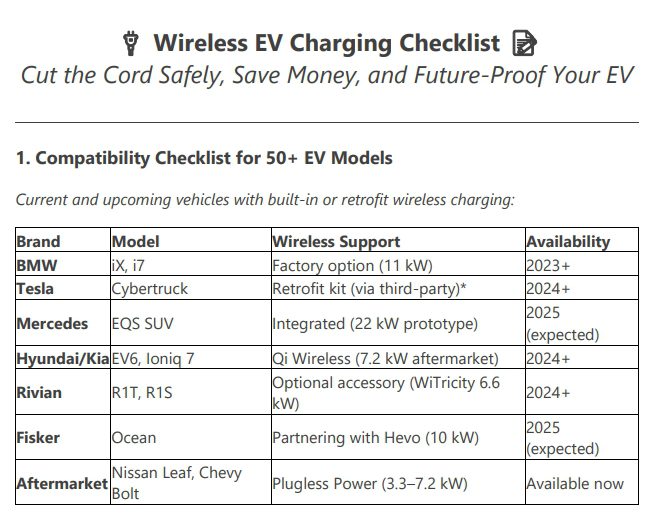
Final Tips 💡
- Plan for Upgrades: Future EVs may standardize receiver coils—confirm scalability.
- Test Public Stations: Use apps like ChargePoint to locate wireless spots.
- Warranty Matters: Ensure your system includes 5+ years of coverage.
🔌 Share this guide to electrify the future—one wireless mile at a time! 🔌
Expand Your Automotive Knowledge 📝
Explore 500+ Free Expert-Curated Guides
🚗 Learn New Skills
From basic maintenance to advanced repairs — clear, actionable tutorials for every skill level.
🌍 Access Anywhere
Mobile-friendly guides with HD visuals. No downloads required.
- Guides & Tutorials
- Car Maintenance 101
- Diagnostics & Troubleshooting
- Seasonal Maintenance
- Budget-Friendly Repairs
- Electrical Systems Guide
- Car Safety & Reliability
- Tools & Product Reviews
- Routine Maintenance
- Car Modifications & Upgrades
- Buying/Selling Guides
- Eco-Friendly Car Care
- Advanced Repairs
- Car Laws & Compliance
- Emergency Repairs
- Future Car Tech

